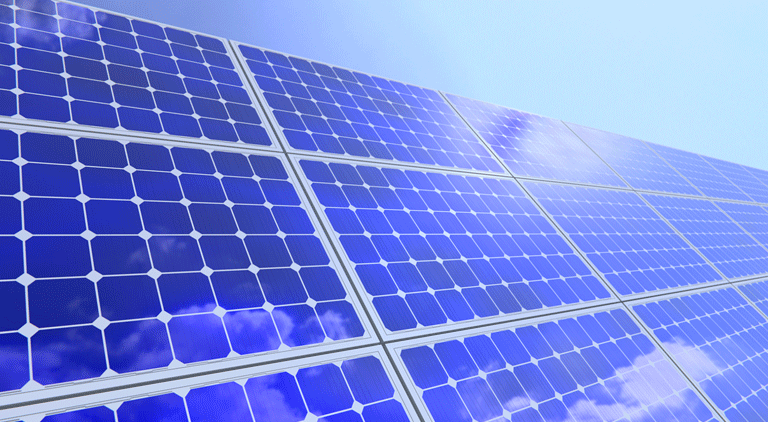Electronic specialty gases receiving a strong push: PMR
By Admin October 15, 2019 4:02 pm IST
By Admin October 15, 2019 4:02 pm IST

Amid growing concerns around the harmful environmental effects of fossil fuel powered, energy generation, governments around the world are emphasising the adoption of renewable power generation technologies. Out of the various renewable power generation technologies available, such as solar cells, wind turbines, hydro stations etc., and solar panels have emerged as the fastest growing renewable power option. Solar power installations doubled in capacity between 2016 and 2018 according to the International Energy Association, and accounted for 50 per cent of all new renewable power capacity additions in 2018. The low cost per kilowatt of energy generation, abundant availability of equipment such as solar panels and the highly decentralised nature of individual solar photo voltaic panel installations are the key factors that are driving this technology.
Electronic specialty gases are commonly used in the manufacturing of solar cells, which are the key building blocks of a solar panel and the backbone of the technology. Extremely thin semi conductive layers as well as insulating films are applied on panels and wafers in a process chamber during manufacturing of solar cells. Electronic specialty gases are used to clean these process chambers of any residue left by these films or layers and allow them to operate efficiently, playing a critical role in the overall process. Rapid growth in the solar power sector in the coming decade is projected to drive continuing production of solar panels and thus influence the market demand for electronic specialty gases.
China is emerging as the front runner in electronic specialty gases on the backdrop of cost-effective labor and tax waivers according to study, the Chinese market is expected to be the most dominant market for electronic specialty gases globally due to the increasing number of semiconductor and electronic manufacturing units in the region. Increasing number of multinational companies engaged in the electronics industry are setting up production units in China owing to cheaper labor costs and additional benefits offered by the government in the form of tax cuts and waivers on additional overhead costs. Furthermore, the stable political scenario and the rapidly growing economy of China is also resulting in many companies moving to China from the western countries. In terms of value, nitrogen trifluoride, hydrogen chloride, sulfur hexafluoride and disilane are the products that account for a substantial portion of the market demand.
We use cookies to personalize your experience. By continuing to visit this website you agree to our Terms & Conditions, Privacy Policy and Cookie Policy.